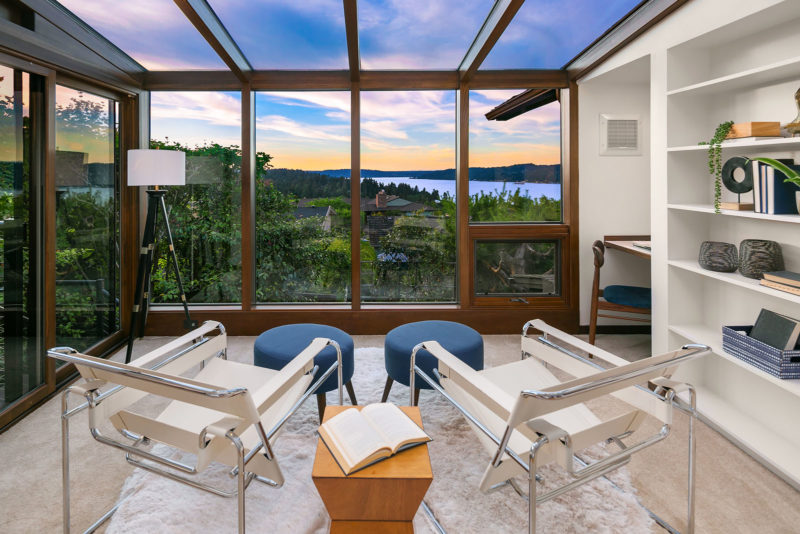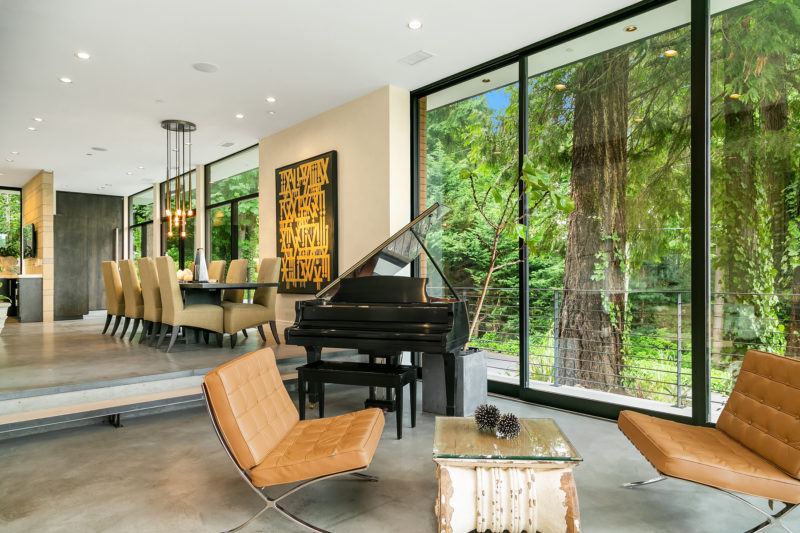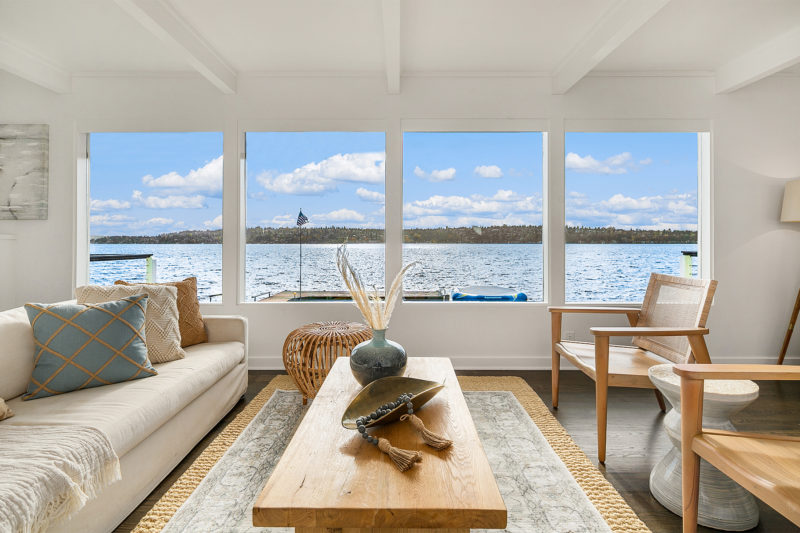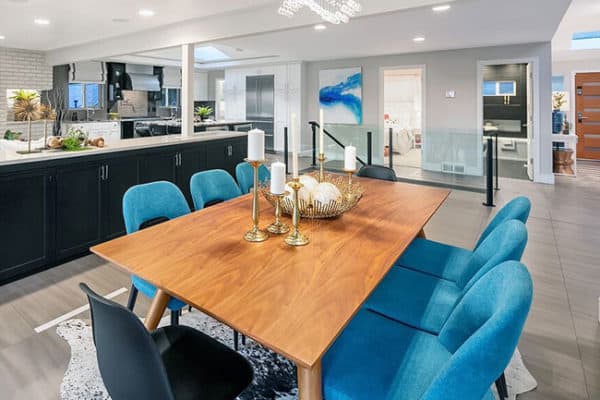Break down the ancient Latin roots of the word biophilia. You get “life” (bio) and “love” (philia), or love of living things. It’s a popular design concept because it’s a beautiful way to design a home, and it can improve your mood. It also reduces your stress level and helps cognitive function.
Luxury biophilic design features natural objects and sensory experiences. These are textures and shapes that can make your home stand out.
Experience Nature
Biophilic design is about connecting people with nature and living things. It’s attractive and can boost your mental and physical health through that connection. The organic feel of natural design offers a quiet luxury that never goes out of style.
Elements can include water features, floor-to-ceiling windows, and expansive gardens. Stone or wood floors and walls can enhance the effect. The sky’s the limit when it comes to biophilic influences in luxury design.
An important part of biophilia in design is natural light. Designers incorporate the rhythm of the day into your home. Sometimes it’s the earliest rays of the sun, sometimes it’s the noon light flowing into your home. Borrowing the lighting conditions found in nature helps you regulate your sleep-wake cycle. Say goodbye to the melatonin at night!
Blur the Boundaries
Bring the outdoors in and the indoors out. An indoor waterfall adds a sense of serenity to your indoor space. It’s not just a visual representation of nature, but an auditory one as well. A quicker way to achieve the same serene effect? Plants. Plants lower stress levels and increase oxygen levels. Native plants are even better since they bring a very PNW luxury design element to your home. Nothing says Seattle like a tall mountain shooting star growing in your home.
Create a connection with nature outdoors by blurring the boundaries with a living area inside your home. Whether that’s a cozy fire pit or an outdoor kitchen, designers can give that outdoor space a purpose. You’ll also see the usable square footage of your home grow. Gardens and water features will complement the decor inside. They’ll also create a seamless living space.
Feature Natural Forms
Instead of concrete and boxy shapes, biophilic design highlights elements found in nature. Wood is a must in many designs. That’s especially true here in the Pacific Northwest, home to old slow-growth forests. Stone is another favorite.
Luxury designers often mimic natural shapes and patterns as fundamental biophilic influences. Nature features curves. Think about the circumference of a tree trunk or the arching line of the beach where the sand meets the water. Some designers reflect these curved lines within room shapes, railings, and even furniture. Round coffee tables and wall décor are easy elements to add and soften the lines of a room.

Biophilic design has become a growing trend over the last couple of decades. If you don’t already have biophilic elements in your home, you can picture natural elements in the homes of your friends and neighbors. Ask your designer how they can incorporate biophilic design into your home to better connect you with nature. It’s not just that biophilia looks good; it will make you feel good too.
Written by Kelly Hollan – Edited by Ashley Pasquale
Kelly Holland is a gardening and landscape design writer who loves experimenting in her kitchen. Her quirky nature loves a bright color palette so naturally, her coveted garden is a rainbow of fruits, vegetables, and flowers.
Feel free to share this post:





